What is the South Bay Bicycle Master Plan?
The South Bay Bicycle Master Plan was a two-year initiative, which included 16 workshops that culminated in this master plan. (See “History of the South Bay Bicycle Master Plan (BMP)” below on this page.)
In 2012, after many community input meetings from the residents and cycling community, the cities of El Segundo, Gardena, Hermosa Beach, Lawndale, Manhattan Beach, Redondo Beach and Torrance adopted the South Bay Bicycle Master Plan. The plan outlines over 200-miles of a regional bicycle network and proposes a series of interconnected bikeways, bike parking facilities and associated programs and policies throughout seven cities in the South Bay.
This initiative is a result of an innovative partnership between Los Angeles County Bicycle Coalition (LACBC) and the South Bay Bicycle Coalition (SBBC) and supportive efforts from the seven participating cities. It is made possible by funding from the Department of Health and Human Services through the Los Angeles County Department of Public Health.
Benefits of a Bicycle Master Plan
Making our streets more bike-friendly benefits all users of the road. The statistics below are just a few examples of how we can all benefit from more a more bikeable community.
Economic
- Improvements to a biking trail in Florida resulted in a $13,000 increase property values for homes within a ½ mile radius of the trail (ActiveLivingResearch.org, May 2010).
- After increasing bikeability and walkability along Toronto’s Bloor Street, researchers found that bicyclists visited their local shops more often and spent more in a given months than did motorists (Clean Air Partnership, February 2009).
Safety
- Bike lanes reduce passing conflicts between cyclists and motorists (Preliminary Design Unit, Oregon Department of Transportation).
- Provide space for emergency vehicles to safely and conveniently pass traffic (ibid).
- Create a greater separation between road traffic and pedestrians (ibid).
- Shared lanes and bike lanes reduce the bicycle fatality rate as users of the road become used to being aware of each other (Pucher/Dijkstra, Rutgers University, February 2000).
Health
- Three hours of cycling per week can reduce your risk for heart disease by 50% (League of American Cyclists).
- Childhood obesity rates are as high as 25% in the South Bay (U.S. Census, 2008), obesity rates tripled as biking and walking to school dropped by 70% (Center for Disease Control and Prevention).
The SBBC Master Plan of August 2011:
- SBBC Master Plan Table of Content
- Chapter 1: Introduction
- Chapter 2: Policies
- Chapter 3: El Segundo
- Chapter 4: Gardena
- Chapter 5: Hermosa Beach
- Chapter 6: Lawndale
- Chapter 7: Manhattan Beach
- Chapter 8: Redondo Beach
- Chapter 9: Torrance
- Chapter 10: Recommended Programs
- Chapter 11: Wayfinding and Signage Plan
- Chapter 12: Funding
- Appendices
[Download the complete SBBC Master Plan (164 MB)]
Additional Master Plans:
Various Workshop Photos
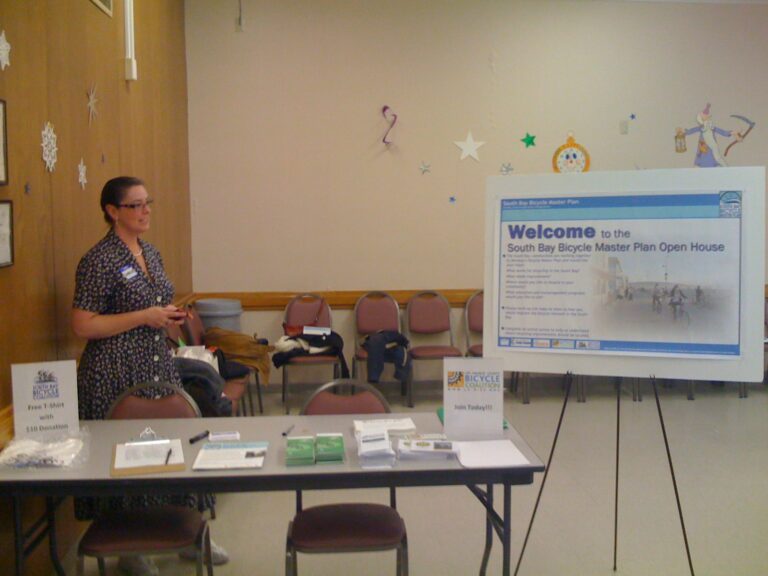
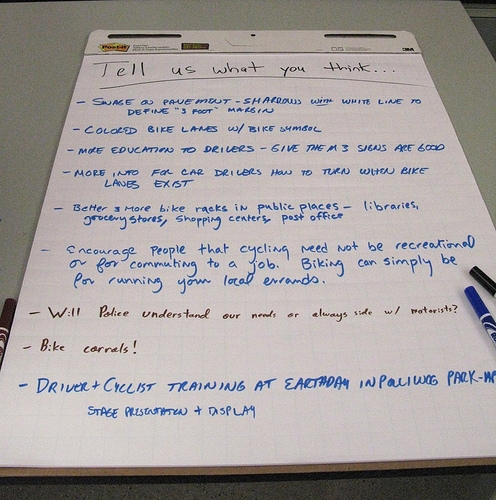
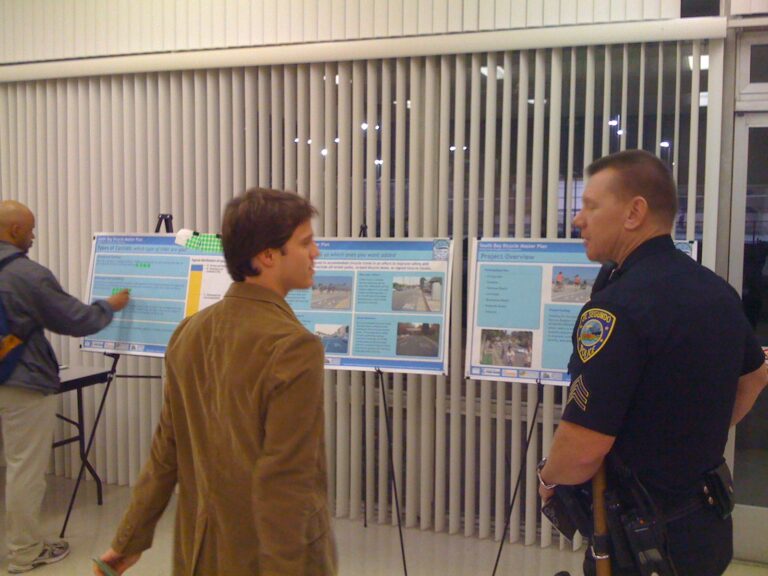
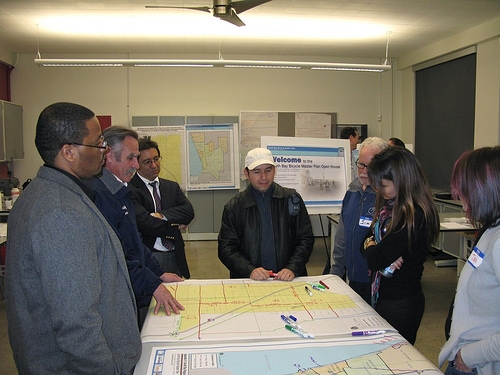
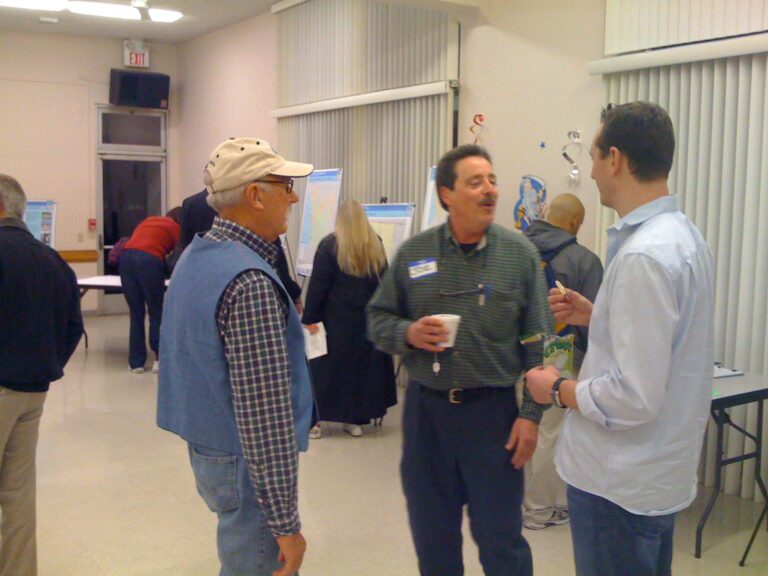
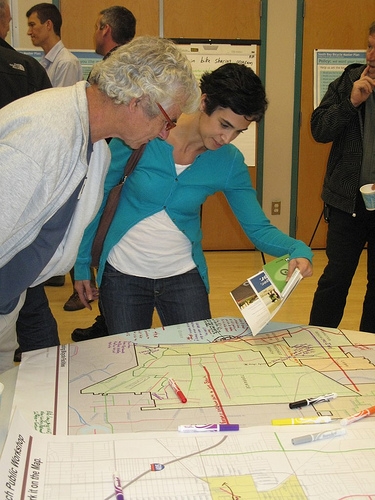
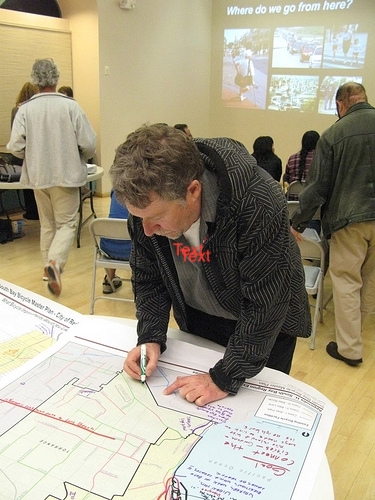
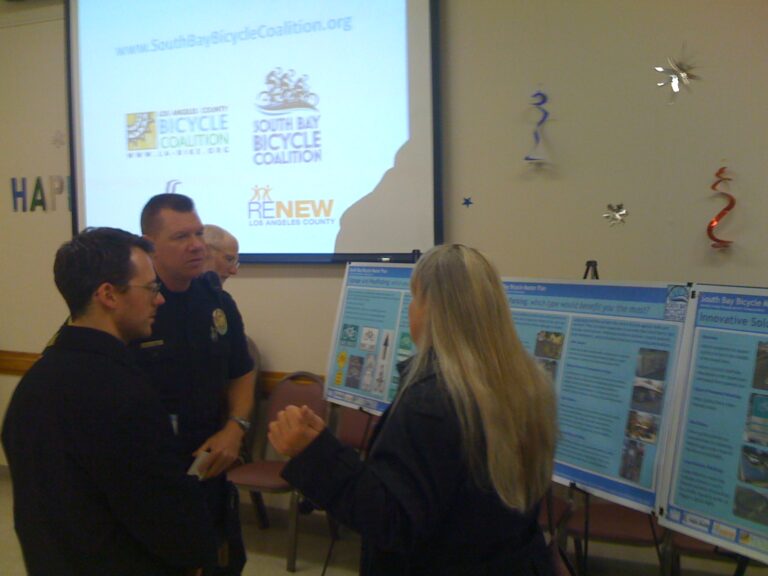
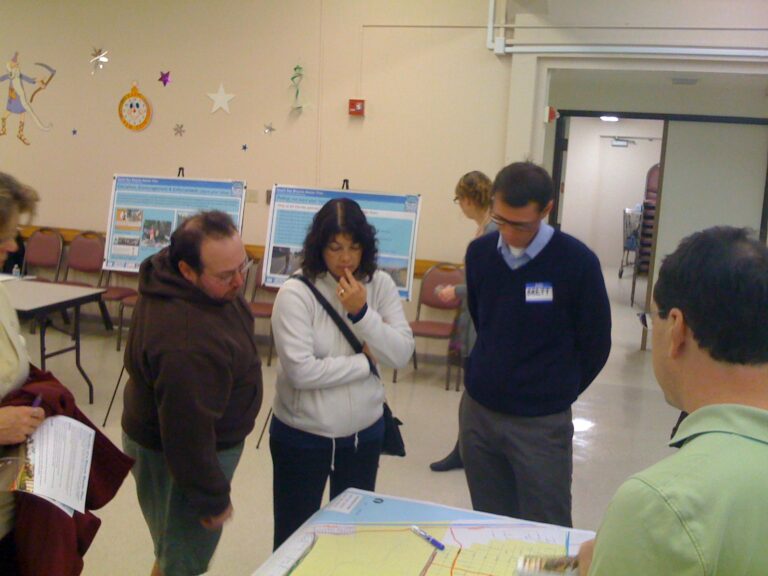
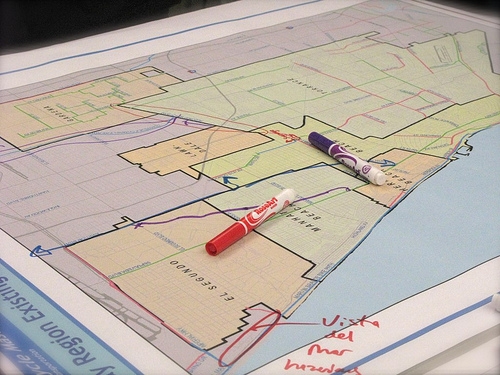
History of the South Bay Bicycle Master Plan (BMP)
- In 2009, a small group of local bicyclists created the South Bay Bicycle Coalition, Inc., a non-profit organization.
- That same year, the SBBC received s $240.000 grant from the LA County Health Dept. to create a multi-city Bicycle Master Plan (BMP) that provides an interconnected network of bikeways throughout 7 cities in the South Bay Area.
- 2010 Alta Planning was hired to do the outreach, workshops, and create a Bicycle Master Plan.
- 2010-11 Alta held 16 workshops to collect public input from hundreds of residents who identified where they wanted to see bike routes.
- Alta Planning utilized this input to create a multi-city connected network of bikeways and published a 400-page document.
- In 2011, the SBBC+ presented the South Bay Bicycle Master Plan (BMP) to city staff, planning commissions, and city councils in all seven cities. The BMP was unanimously approved by all seven cities, with each city council challenging itself to accelerate the implementation BMP, by adding 214 new miles of bikeways in 10 years vs. the suggested 20 years!
- In 2013, the SBBC+ received a Southern California Association of Governments (COG) award for developing and spearheading the first multi-city Bicycle Master Plan (BMP) in California!
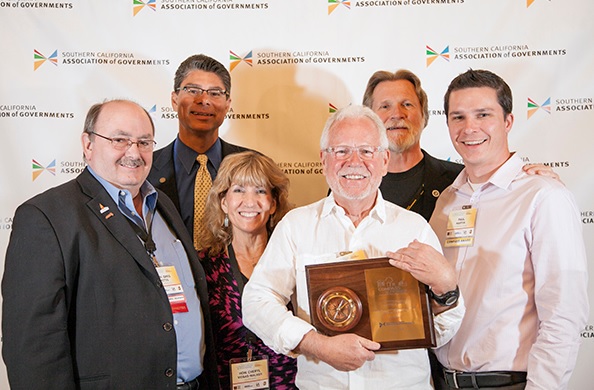
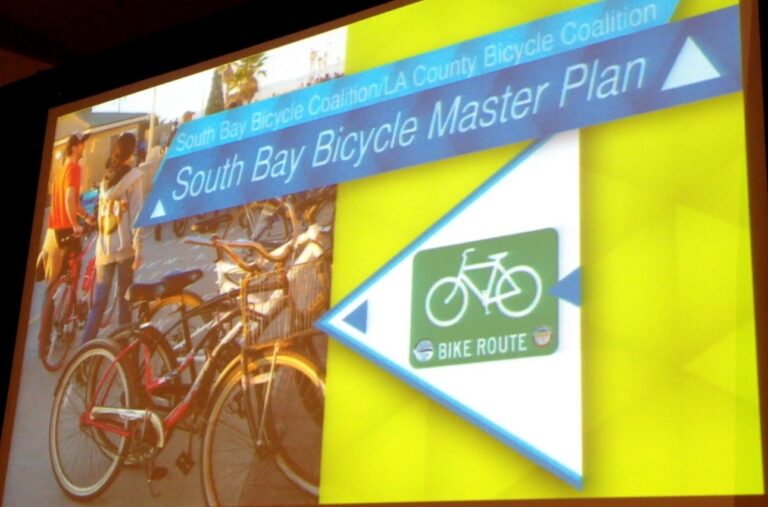
Funding made possible from the Department of Health and Human Service through the Los Angeles County Department of Public Health.
